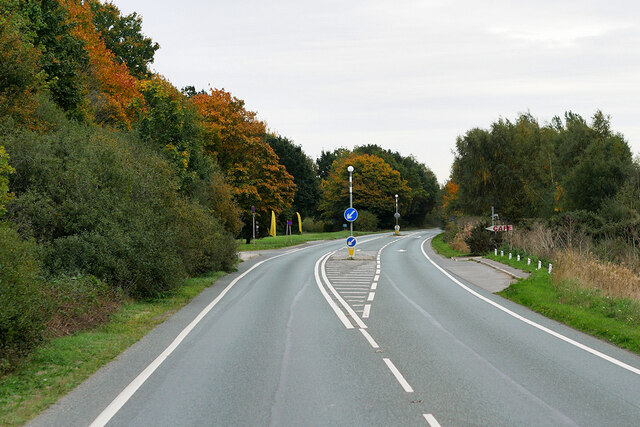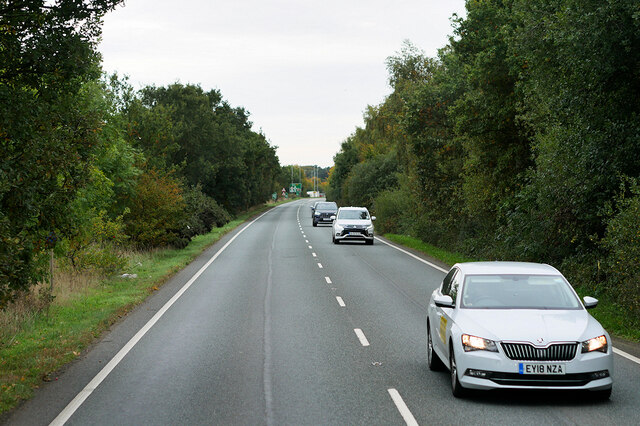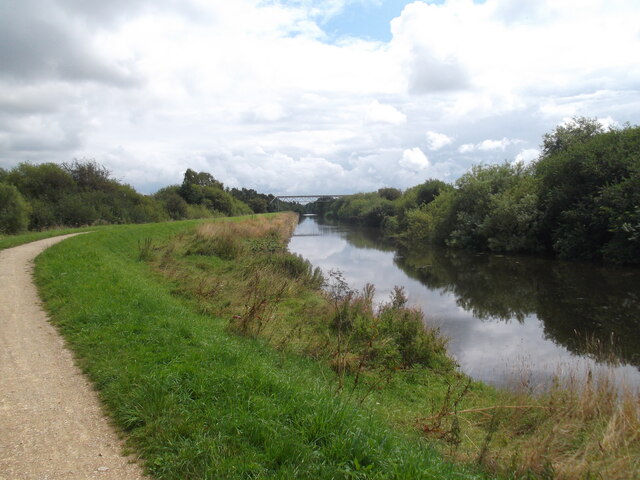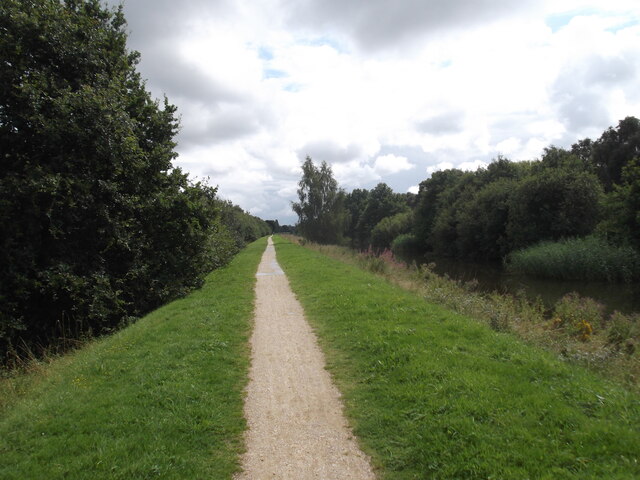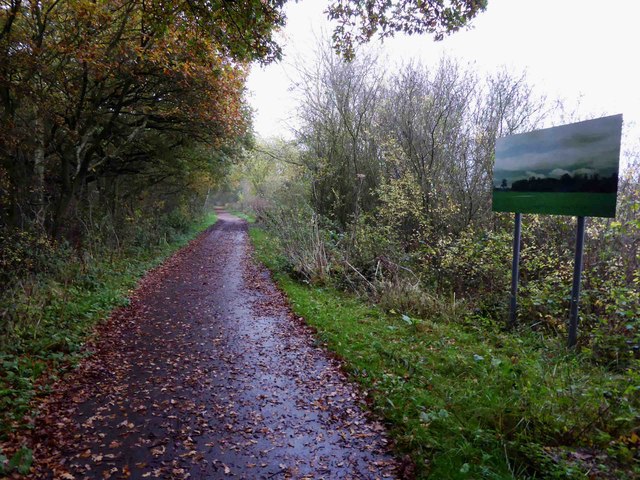Western Plantation
Downs, Moorland in Lincolnshire North Kesteven
England
Western Plantation

Western Plantation is a picturesque area located in Lincolnshire, England. Situated amidst the stunning Downs and Moorland landscape, it offers a unique blend of natural beauty and historical significance. Spanning over a vast expanse, Western Plantation is home to an array of native flora and fauna, making it a haven for nature enthusiasts.
The area boasts a diverse range of plant species, including oak, beech, and birch trees, which provide a rich habitat for various wildlife such as deer, foxes, and rabbits. The rolling hills and open spaces are ideal for walking, cycling, and horseback riding, attracting outdoor enthusiasts and adventure seekers all year round.
In addition to its natural allure, Western Plantation holds historical significance. It is believed to have been used as a hunting ground for the nobility during medieval times. The remnants of old hunting lodges and gamekeepers' cottages can still be found scattered throughout the area, giving visitors a glimpse into its past.
The landscape of Western Plantation is ever-changing, with the seasons bringing different colors and textures. Spring brings vibrant flowers and blossoms, while autumn paints the trees in a stunning array of golds and reds. The open moorland offers breathtaking views of the surrounding countryside, making it a popular spot for photographers and nature lovers alike.
Overall, Western Plantation, Lincolnshire (Downs, Moorland) is a captivating destination that seamlessly combines natural beauty and historical charm. Whether one seeks tranquility in nature or wishes to delve into the region's rich heritage, this area offers a delightful experience for all who visit.
If you have any feedback on the listing, please let us know in the comments section below.
Western Plantation Images
Images are sourced within 2km of 53.2478/-0.63125178 or Grid Reference SK9173. Thanks to Geograph Open Source API. All images are credited.

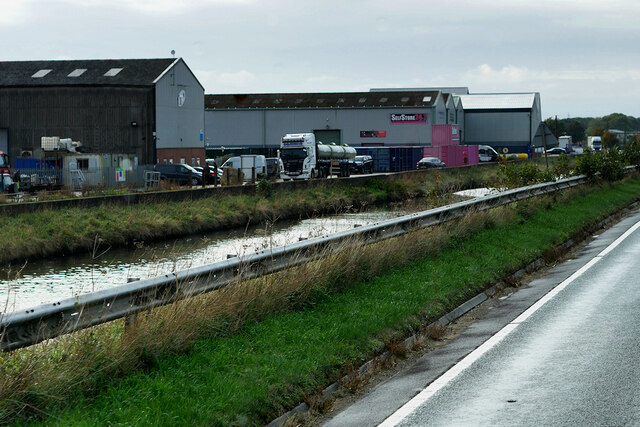
Western Plantation is located at Grid Ref: SK9173 (Lat: 53.2478, Lng: -0.63125178)
Administrative County: Lincolnshire
District: North Kesteven
Police Authority: Lincolnshire
What 3 Words
///sofas.fuses.tourist. Near Skellingthorpe, Lincolnshire
Nearby Locations
Related Wikis
Skellingthorpe
Skellingthorpe is a village and civil parish in the North Kesteven district of Lincolnshire, England. The population of the village at the 2011 census...
Skellingthorpe railway station (Lancashire, Derbyshire and East Coast Railway)
Skellingthorpe (Lancashire, Derbyshire and East Coast Railway) railway station is one of two former railway stations in Skellingthorpe, Lincolnshire, England...
Broadholme Priory
Broadholme Priory was a convent of canonesses of the Premonstratensian Order located near to the village of Broadholme. Historically in Nottinghamshire...
Broadholme
Broadholme is a village and civil parish in the West Lindsey district of Lincolnshire, England. It is situated 5 miles (8 km) west from the city and county...
Nearby Amenities
Located within 500m of 53.2478,-0.63125178Have you been to Western Plantation?
Leave your review of Western Plantation below (or comments, questions and feedback).



